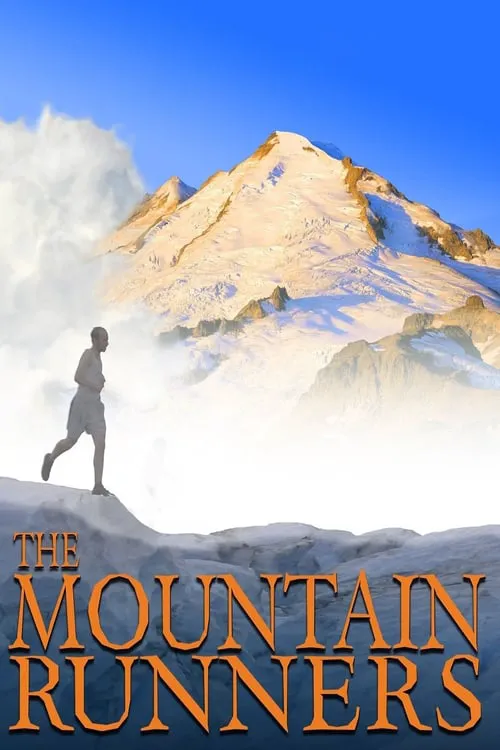The Mountain Runners

Intrigue
The Mountain Runners tells the captivating story of America's first long-distance mountainous endurance foot race, the Mount Baker Marathon. Held in Bellingham, Washington, this grueling competition was a pioneering effort in the world of ultrarunning and tested the limits of human endurance like never before. In 1911, a small but determined group of athletes gathered at the base of Mount Baker, a 10,781-foot giant in the Cascade Range, to embark on a daunting journey to the mountain's glacial summit and back – a staggering 28 to 32 miles round-trip. Narratives of the event's early years often highlight the charismatic and rugged personality of George Stevens, an accomplished athlete who had previously made a name for himself as a champion long-distance runner. A man who embodied the pioneering spirit of the era, Stevens saw an opportunity in the untamed wilderness of Mount Baker to push the boundaries of human endurance. He envisioned a challenge that would test not only the stamina of athletes but also their resolve and grit in the face of unforgiving terrain. The 1911 edition of the Mount Baker Marathon kicked off with an air of optimism and bravado, as a group of intrepid runners set off into the unknown, their footsteps marking the beginning of a long and arduous journey. The trail ahead was daunting, a perilous ascent up treacherous mountain paths, steep drop-offs, and treacherous rock faces. The weather added to the treacherous conditions, with thick fog, icy winds, and snowstorms making every step an uphill struggle. As the runners progressed up the mountain, exhaustion began to take its toll, and injuries became a regular occurrence. George Stevens and his fellow competitors faced numerous challenges, from snow blindness to debilitating muscle cramps, yet they pushed on, driven by an insatiable desire to conquer the mountain. With each step, they tested the limits of their bodies, their resolve, and their collective spirits. Despite the overwhelming obstacles, the participants managed to push through the pain and suffering to reach the summit, a moment of triumph that was as exhilarating as it was bittersweet. However, the journey was far from over. The descent was just as treacherous, and many runners succumbed to the physical strain, forced to abandon the competition and seek medical attention. In the aftermath of the inaugural Mount Baker Marathon, the event gained immense popularity, attracting the attention of the national media and drawing in larger crowds each year. The grueling competition continued to captivate runners and spectators alike, with George Stevens and a new generation of athletes returning to face the challenge. However, by the conclusion of the fourth edition in 1913, the event's organizers faced a daunting reality – the inherent dangers associated with the race had claimed numerous lives, and the risks involved had become too high. The 1928 edition of the marathon, the last official staging of the event, would be remembered as a bittersweet finale to the groundbreaking competition. On one hand, a remarkable feat of endurance had been achieved, as George Stevens, the pioneer's protege, completed the course in a staggering 18 hours and 28 minutes. However, on the other, the event's organizers recognized that the risks had become too substantial to continue. The decision to discontinue the Mount Baker Marathon marked the end of an era in long-distance running, leaving behind a trail of unsung heroes and a legacy that continues to inspire modern-day ultrarunners. As the curtain closed on this iconic event, it remained an unforgettable chapter in the history of endurance sports – a testament to the bravery and determination of those who dared to push the limits of human endurance.
Critiques
Recommandations


